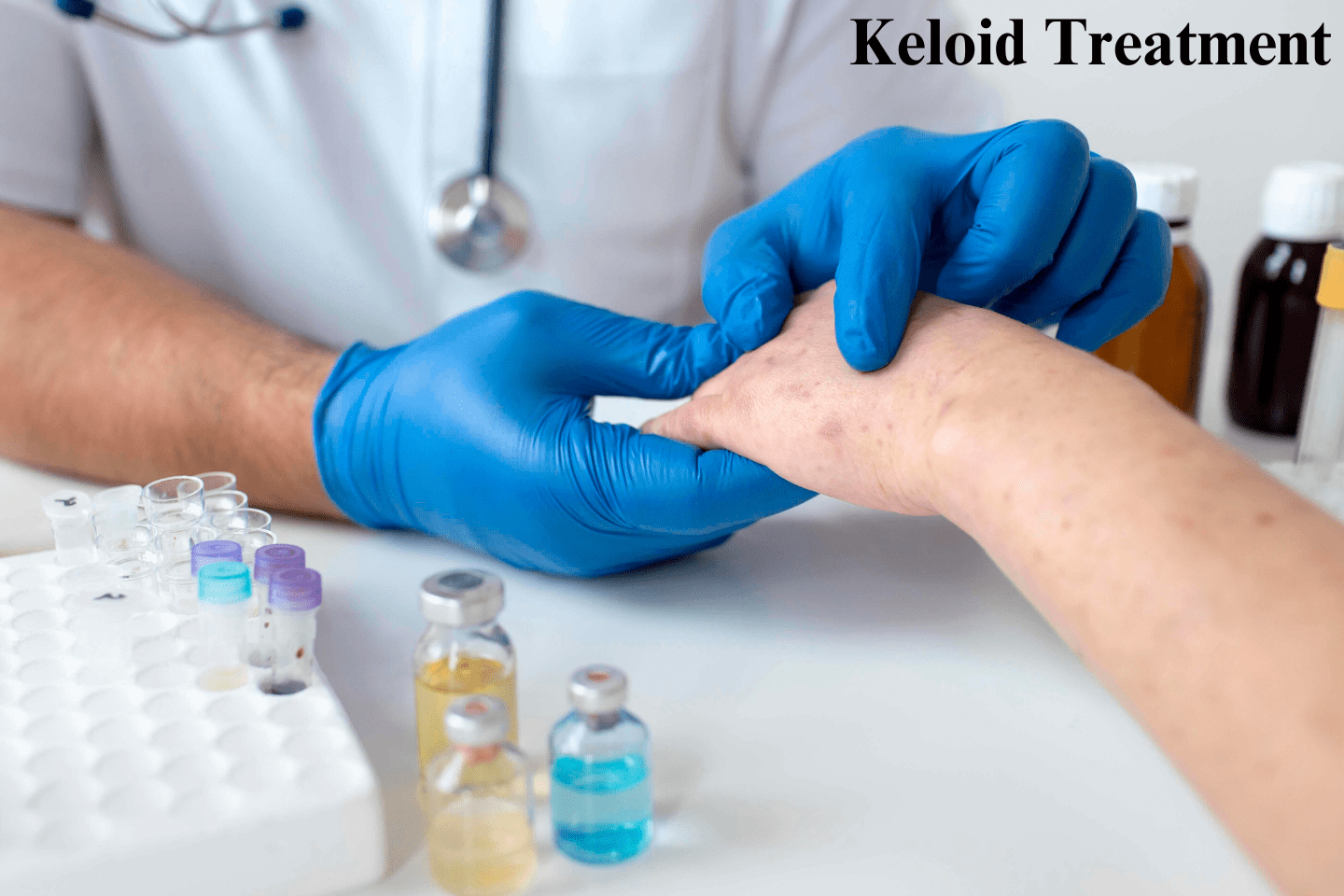Keloid Treatment and a Reliable Solution

Keloids can be treated to improve the affected area’s size, shape, scar tissue, symptoms, and aesthetics. Different treatment options may be available depending on the patient’s condition, geography, and other circumstances. Standard methods for keloid treatment are outlined below.
1- Corticosteroid Injections
- Injections of corticosteroids are commonly used for keloid treatment. Direct injection of a corticosteroid, such as triamcinolone, into the keloid is the most common treatment method. The inflammation is decreased, the keloid is diminished in size, and the scar tissue is made flatter by these injections.
- Sometimes more than one injection is needed at intervals of a few weeks or more. Individual reaction and keloid size will determine the injection schedule.
2- Silicone Gel Sheets or Dressings
- Silicone gel sheets or dressings can be used topically to help smooth and soften the keloid scar tissue. Keeping the area around the keloid moist and protected from the elements can help the keloid shrink and fade over time.
- For best effectiveness, the sheets or dressings should be worn several hours daily, often for months.
3- Pressure Therapy
- The scar tissue can be compressed and smoothed out by applying pressure to the keloid with a pressure garment or dressing. Pressure therapy should be administered regularly and continuously over many months for best keloid treatment.
- To obtain the desired results, pressure garments or dressings must be appropriately fitted and worn as a healthcare expert instructs.
4- Cryotherapy
- The keloid is treated with liquid nitrogen or another freezing agent in cryotherapy. This method of treatment targets and eliminates the extra scar tissue while promoting wellness and healthy skin regeneration.
- For cryotherapy to be effective, it may be necessary to undergo multiple treatments over time. Cryotherapy has been linked to some patients’ transitory skin discoloration or pigmentation alterations.
5- Laser Treatments
- Various lasers, including pulsed dye and fractional lasers, are used in laser therapy to target and break down keloid scar tissue specifically. Laser therapy can enhance the appearance of a keloid by stimulating collagen remodeling, decreasing redness, and shrinking the keloid.
- You should schedule multiple laser sessions, with at least some time in between. Laser therapy may produce slight discomfort or short-term skin irritation during the procedure.
6- Surgical Removal
- The keloid is removed surgically in a procedure called excision. This method is frequently used with others, such as corticosteroid injections or postoperative radiation therapy, to reduce the likelihood of a keloid recurrence.
- Careful wound care and follow-up treatment after surgical excision are necessary to reduce the risk of a new keloid forming at the incision site.
7- Radiation Therapy
- Radiation therapy is occasionally employed for keloid treatment from returning following surgical excision. The surgical site is irradiated with a small dosage of radiation. Keloids that are stubborn or likely to return to their original location may benefit from radiation therapy.
- Due to the potential hazards and adverse effects of radiation exposure, a radiation oncologist cautiously administers and closely monitors radiation therapy.
Important Note: It’s crucial to remember that not everyone will experience the same level of success with a specific keloid treatment. Depending on the nature of the keloid and the patient’s response, a combination of treatments or a tailored approach may be suggested.





